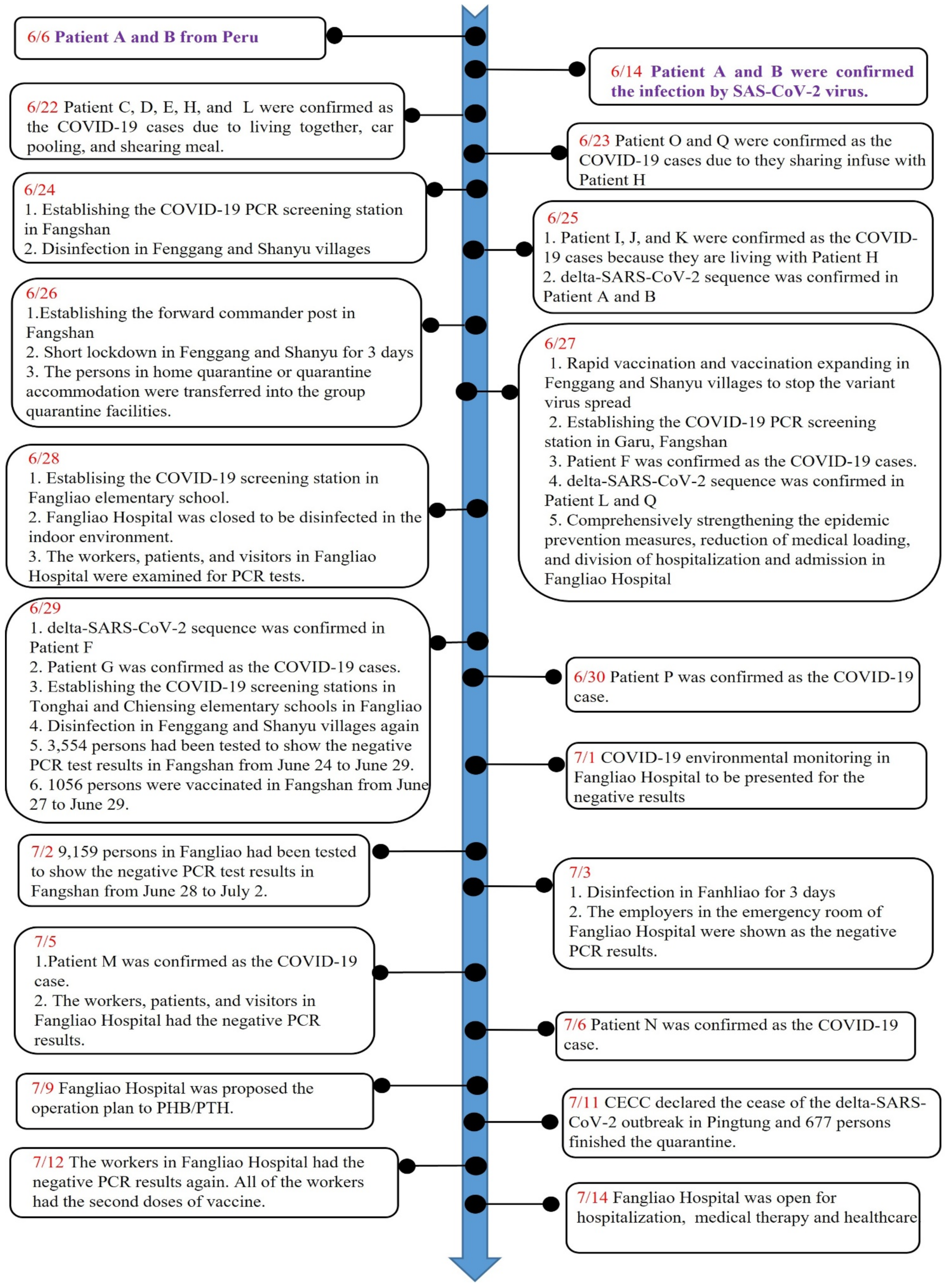
- #Physical file does not exist sas university edition how to#
- #Physical file does not exist sas university edition full#
- #Physical file does not exist sas university edition windows#
Results showed that dogs from Group Aversive displayed more stress-related behaviors, were more frequently in tense and low behavioral states and panted more during training, and exhibited higher post-training increases in cortisol levels than dogs from Group Reward. For evaluating welfare outside the training context, dogs participated in a cognitive bias task. Video recordings were used to examine the frequency of stress-related behaviors (e.g., lip lick, yawn) and the overall behavioral state of the dog (e.g., tense, relaxed), and saliva samples were analyzed for cortisol concentration. For evaluating welfare during training, dogs were video recorded for three sessions and six saliva samples were collected, three at home (baseline levels) and three after training (post-training levels). Ninety-two companion dogs were recruited from three reward-based schools (Group Reward, n = 42), and from four aversive-based schools, two using low proportions of aversive-based methods (Group Mixed, n = 22) and two using high proportions of aversive-based methods (Group Aversive, n = 28). The aim of the present study was to evaluate the effects of aversive- and reward-based training methods on companion dog welfare within and outside the training context. Although aversive-based training has been strongly criticized for negatively affecting dog welfare, there is no comprehensive research focusing on companion dogs and mainstream techniques, and most studies rely on owner-reported assessment of training methods and dog behavior. "C:\Program Files\SASHOME\SASFoundation\9.4\sas.exe" -CONFIG "C:\Program Files\SASHOME\SASFoundation\9.4\nls\en\sasv9.Dog training methods range broadly from those using mostly positive punishment and negative reinforcement (aversive-based) to those using primarily positive reinforcement (reward-based).
#Physical file does not exist sas university edition windows#
SAS Work configuration tips for a SAS deployment shared by multiple user accountsĮach unique user account that launches SAS sessions on a shared machine requires its own respective Work library. One technique to separate Work libraries for multiple user accounts is to include the Windows environment variable !USERNAME in the specified directory path.
#Physical file does not exist sas university edition full#
On the Security tab, add your user ID and grant full access.Right-click the file and choose Properties.



The default location for this file is as follows:.Make a backup copy of the sasv9.cfg file.To redirect the Work library to a different physical directory location might require assistance from your IT department if permissions errors occur during the steps below.
#Physical file does not exist sas university edition how to#
How to change the location of the SAS Work library


 0 kommentar(er)
0 kommentar(er)
